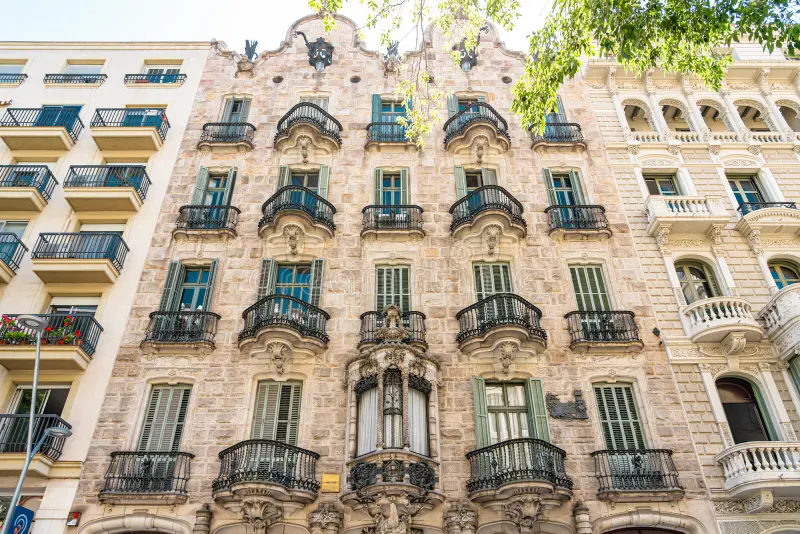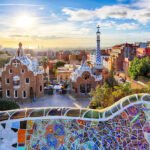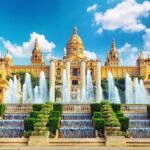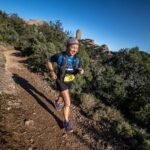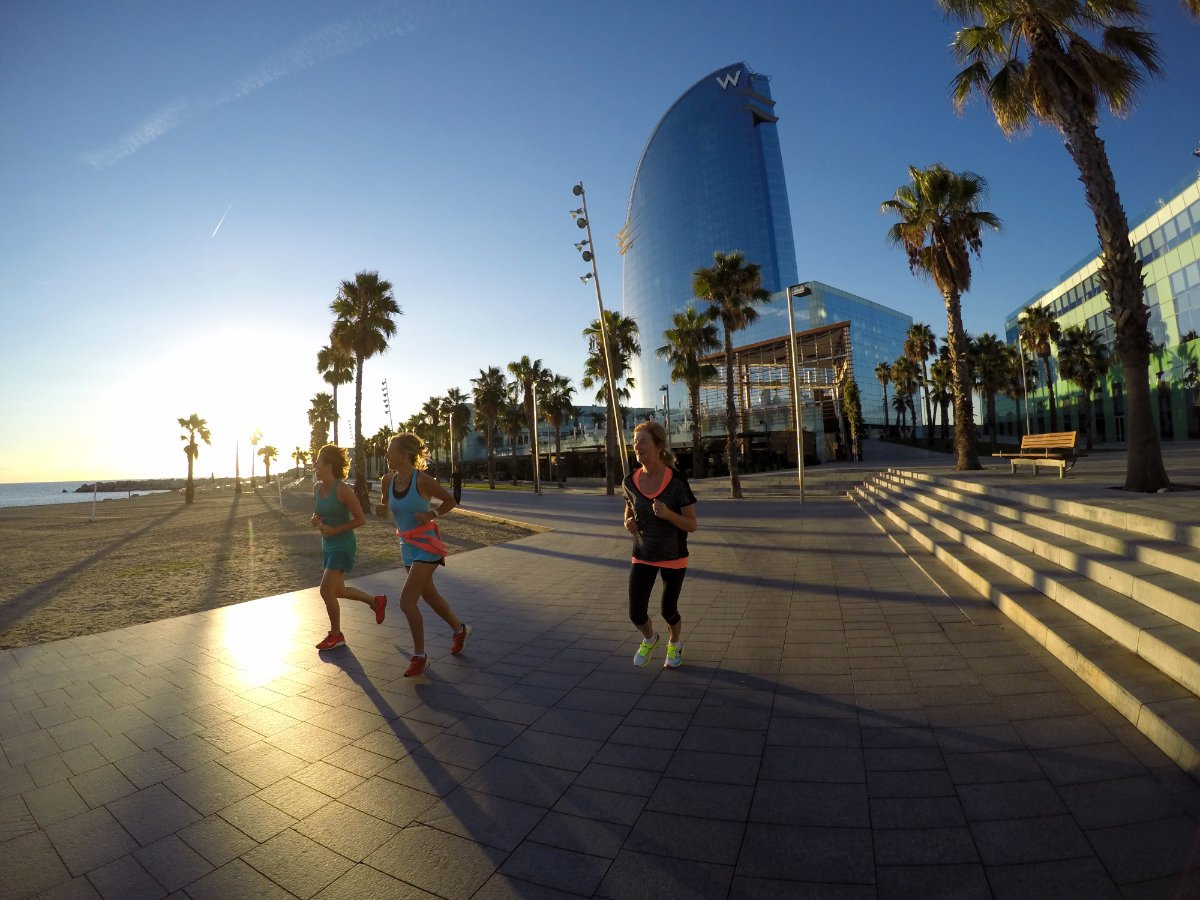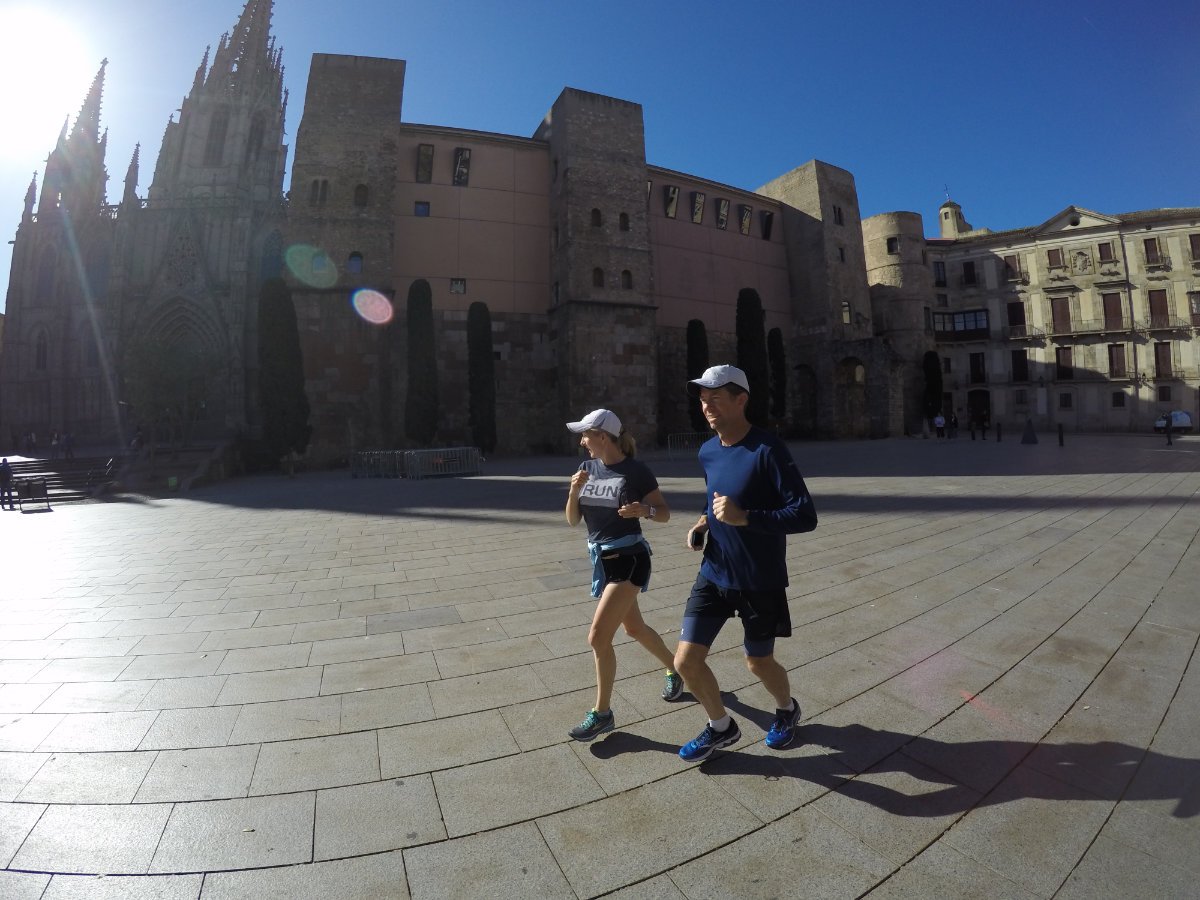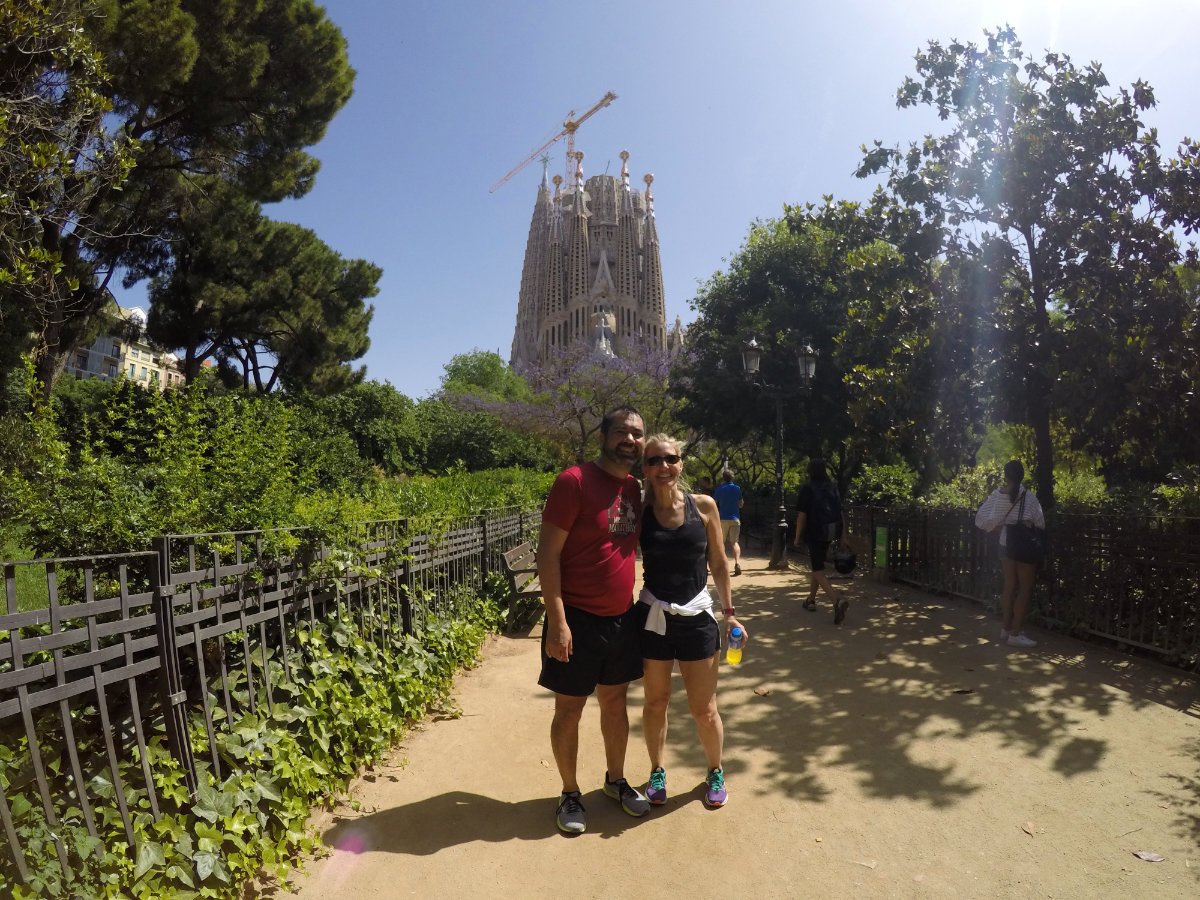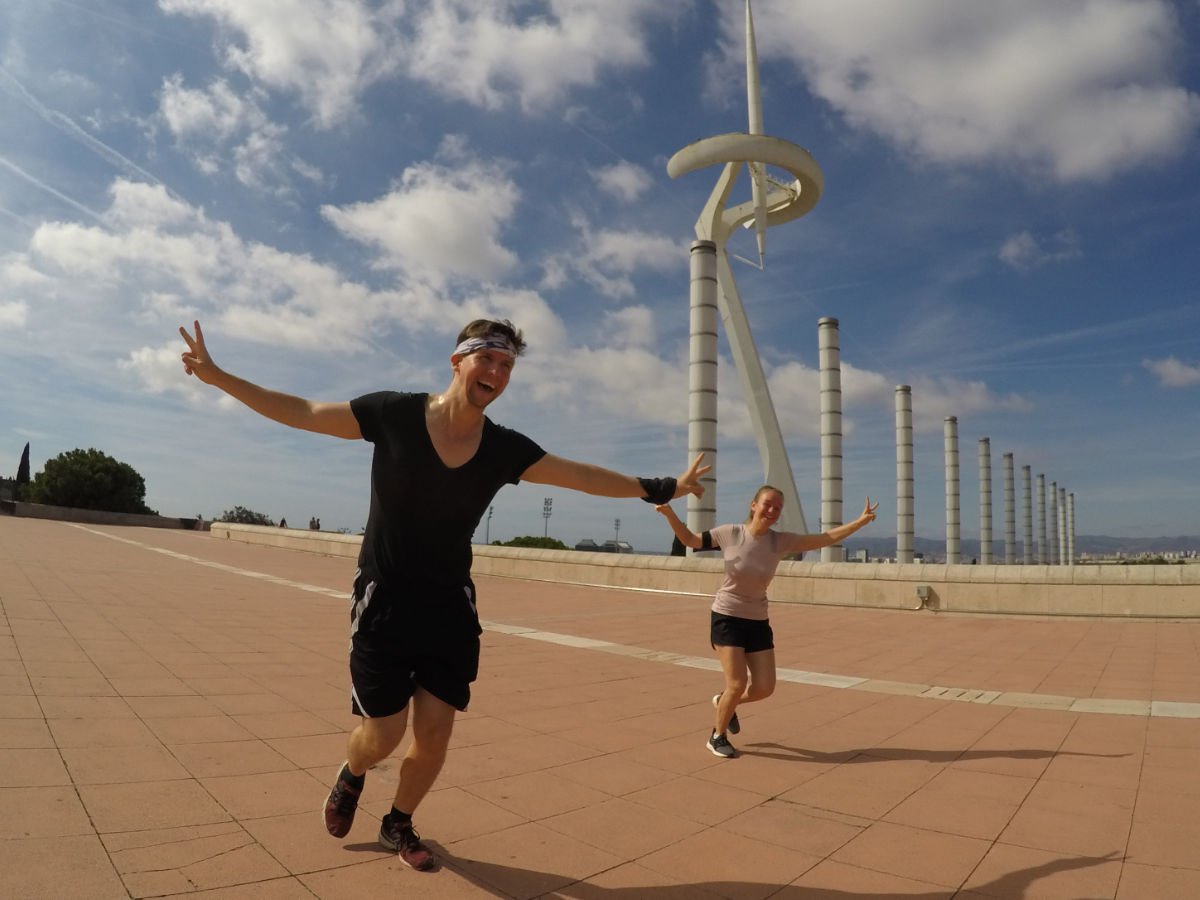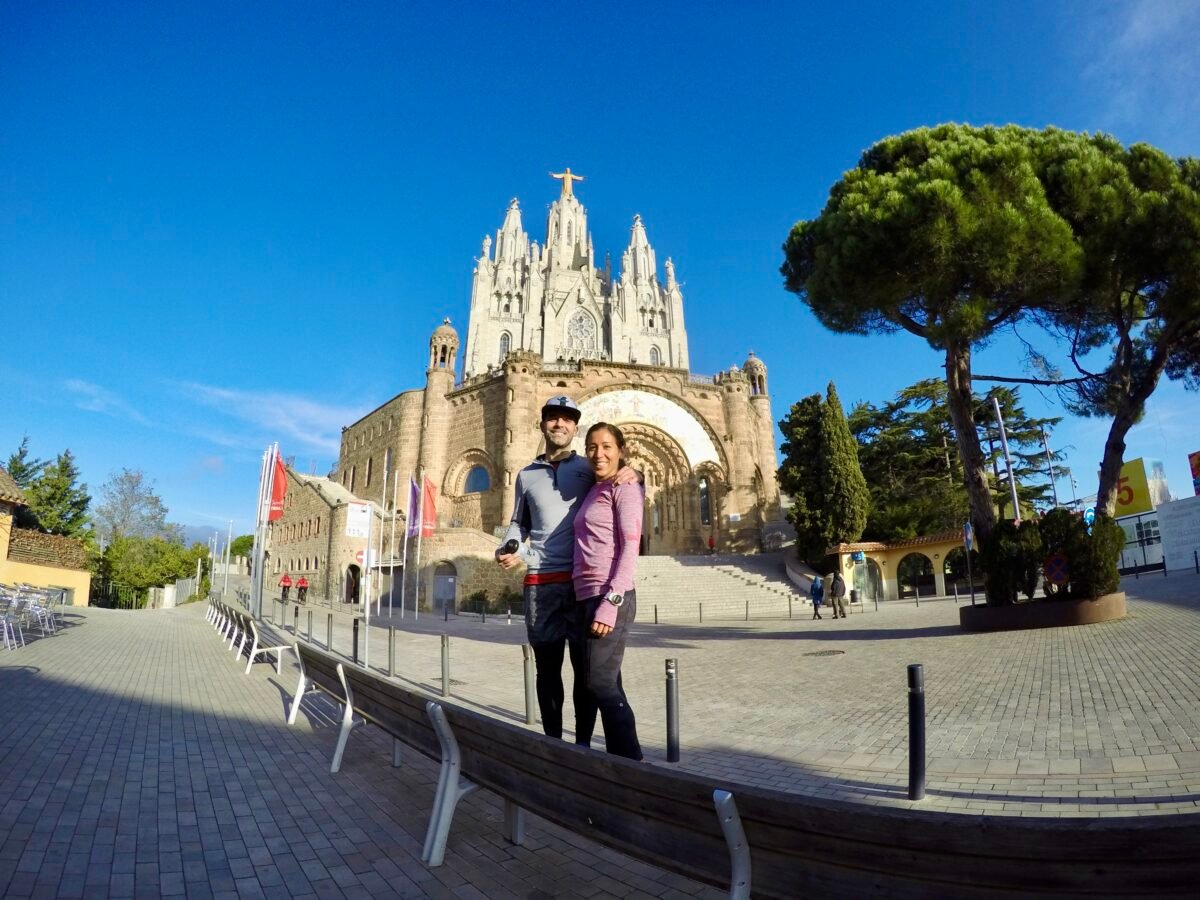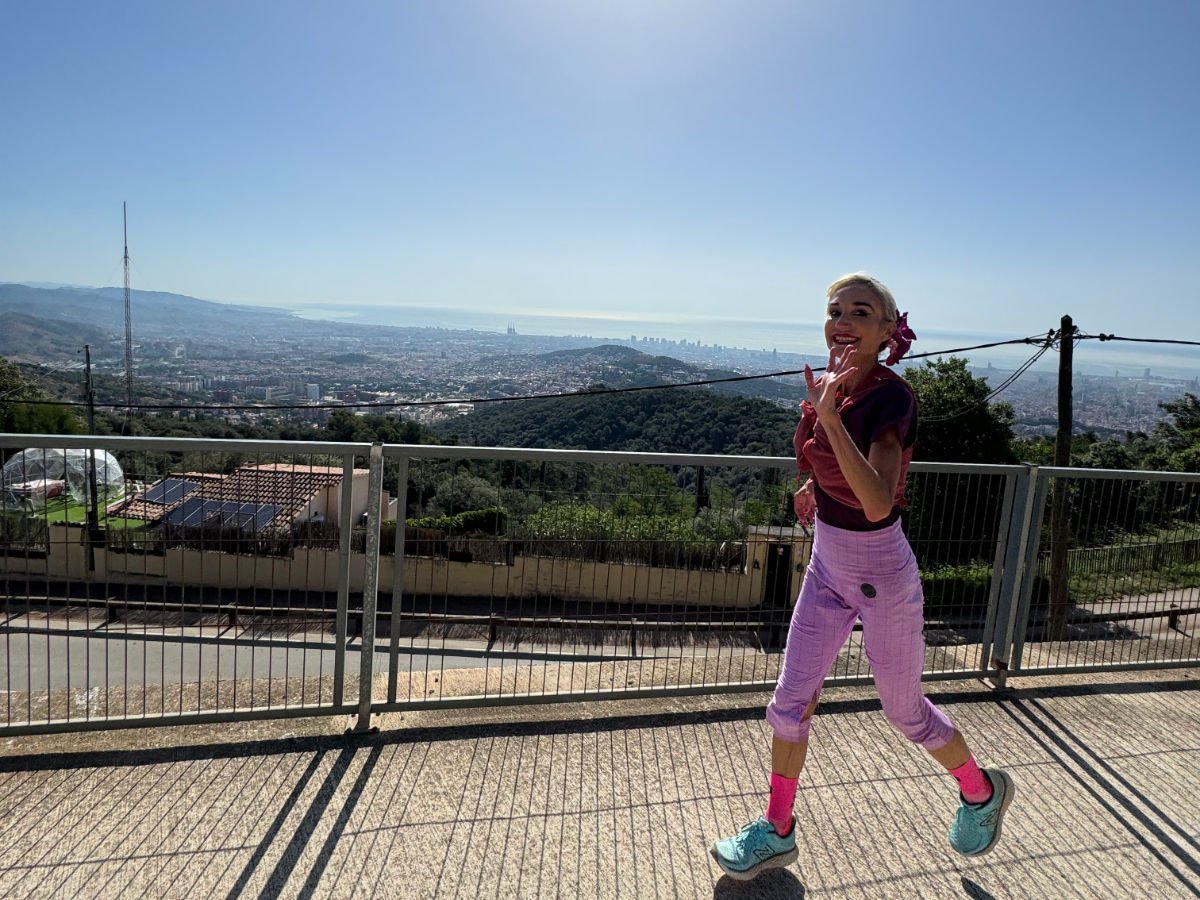Antoni Gaudi’s Most Iconic Architecture in Barcelona to Visit
ANTONI GAUDI’S HERITAGE IN BARCELONA
Antoni Gaudi’s Most Iconic Architecture in Barcelona to Visit
ANTONI GAUDI’S HERITAGE IN BARCELONA
Gaudi’s Most Iconic Architecture – Antoni Gaudí’s Vision & Legacy in Barcelona
Antoni Gaudí (1852–1926) revolutionized architecture by fusing nature, religion, and Catalan Modernisme into groundbreaking structures. His signature vision is an organic harmony of curved lines, mosaic colors, and natural motifs – all emerging from his deep Catholic devotion. Gaudí once said creation is “giving glory to God,” and Barcelona became his canvas. From early lamppost commissions in Plaça Reial to the soaring Sagrada Família, his works shaped the aesthetics and spirit of the city. Today, these landmarks serve as cultural icons and urban lungs for locals while drawing millions of visitors yearly. For runners, integrating Gaudí into a training or sightseeing run brings alive history, art, and architecture – each turn revealing an artistic gem. Exploring his works isn’t just running through Barcelona – it’s running through an allegory of light, form, and faith.
Basílica de la Sagrada Família
Basílica de la Sagrada Família
DETAILS
City: Barcelona (Eixample)
Construction Date: 1882–present (Gaudí from 1883)
Opening hours:
Nov–Feb: Mon–Sat 9:00–18:00; Sun 10:30–18:00
Mar & Oct: Mon–Fri 9:00–19:00; Sat 9:00–18:00; Sun 10:30–19:00
Apr–Sep: Mon–Fri 9:00–20:00; Sat 9:00–18:00; Sun 10:30–20:00
25/26 Dec, 1/6 Jan: 9:00–14:00
Entry cost: €26; +Towers €36; discounts/free for <11 yrs, disabled, unemployed, clergy; lotteries occasionally offer free tickets
Website: sagradafamilia.org
Runner’s note: Start early morning runs to coincide with quieter hours (9–10 am weekdays), and admire the light-filled interior shortly after opening – it provides spiritual and visual highlights mid-route.
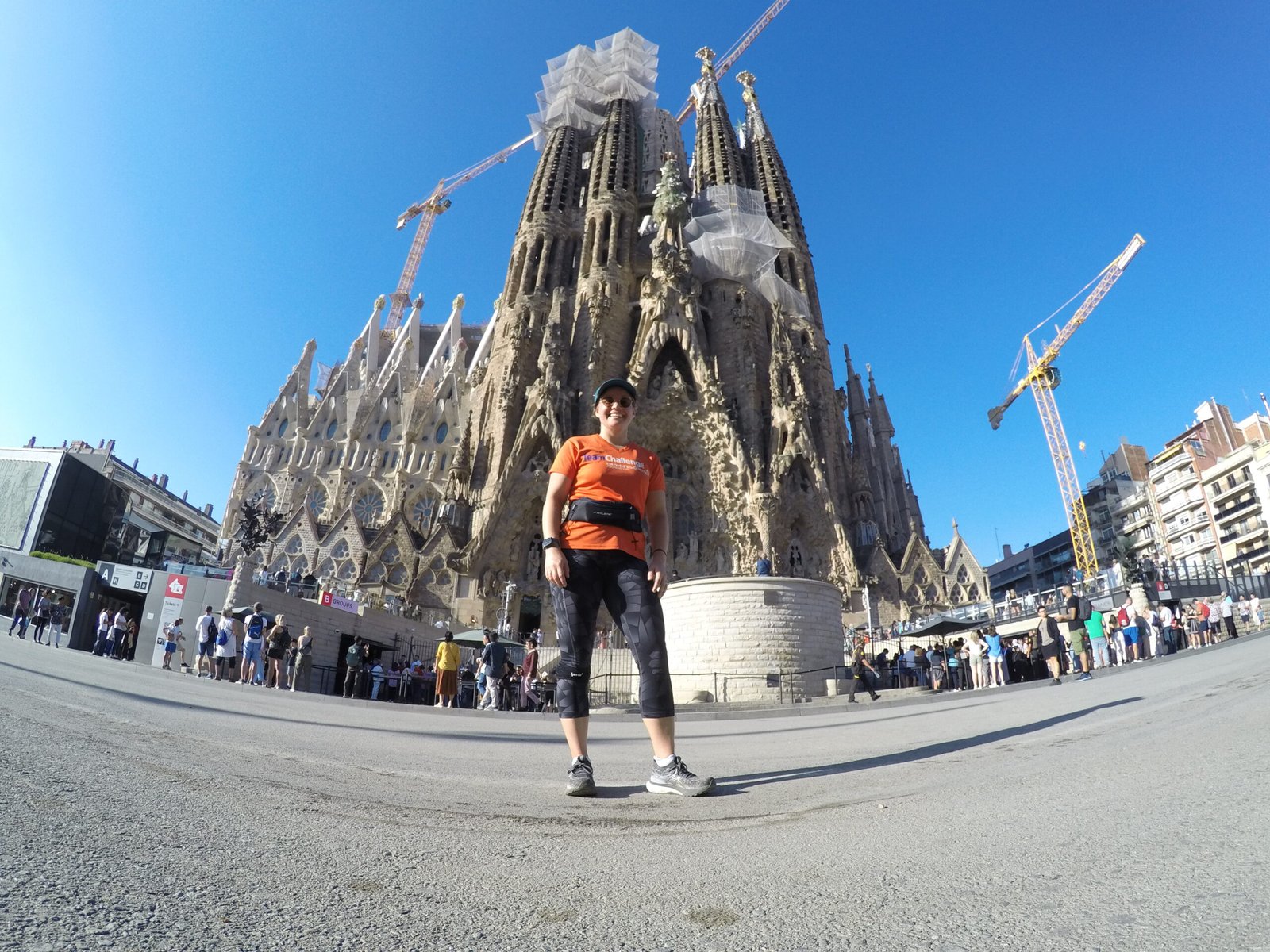
Casa Milà (La Pedrera)
Casa Milà (La Pedrera)
DETAILS
Construction Date: 1906–1912
Opening hours: ~9:00–18:00 daily (standard)
Entry cost: ~€25
Website: lapedrera.com
Runner’s note: Mid-route photo stop and rooftop views add rhythm and interest to longer routes along Passeig de Gràcia.
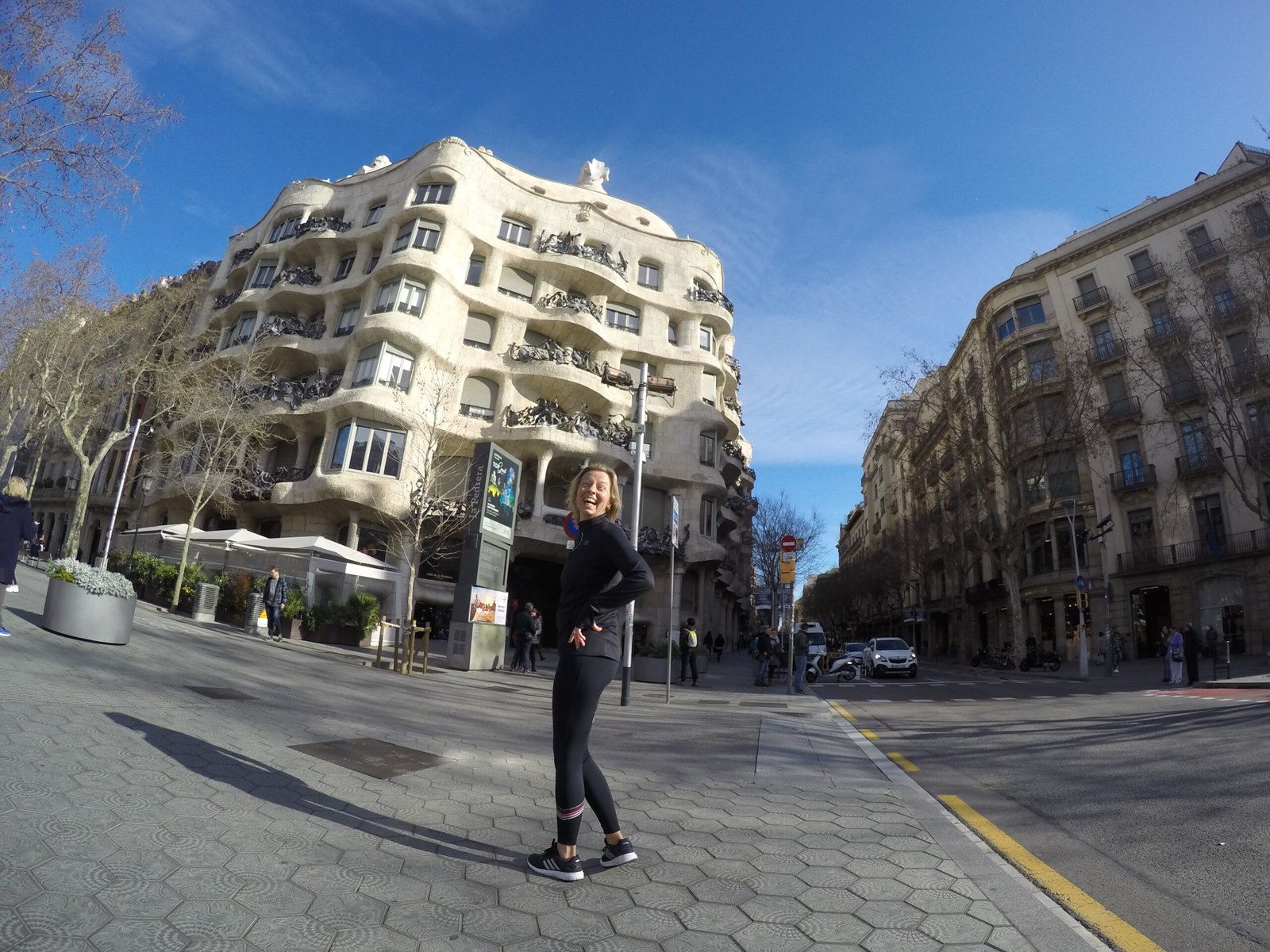
Casa Batlló
Casa Batlló
DETAILS
Construction Date: 1904–1906 (Gaudí redesign)
Opening hours: Daily 9:00–22:30 (last entry ~21:00)
Entry cost: ~€35
Website: casabatllo.es
Runner’s perspective: Evening runs here can connect to a post-run cultural reward with vibrant lighting – perfect for cool-down photos and Muscular recovery.
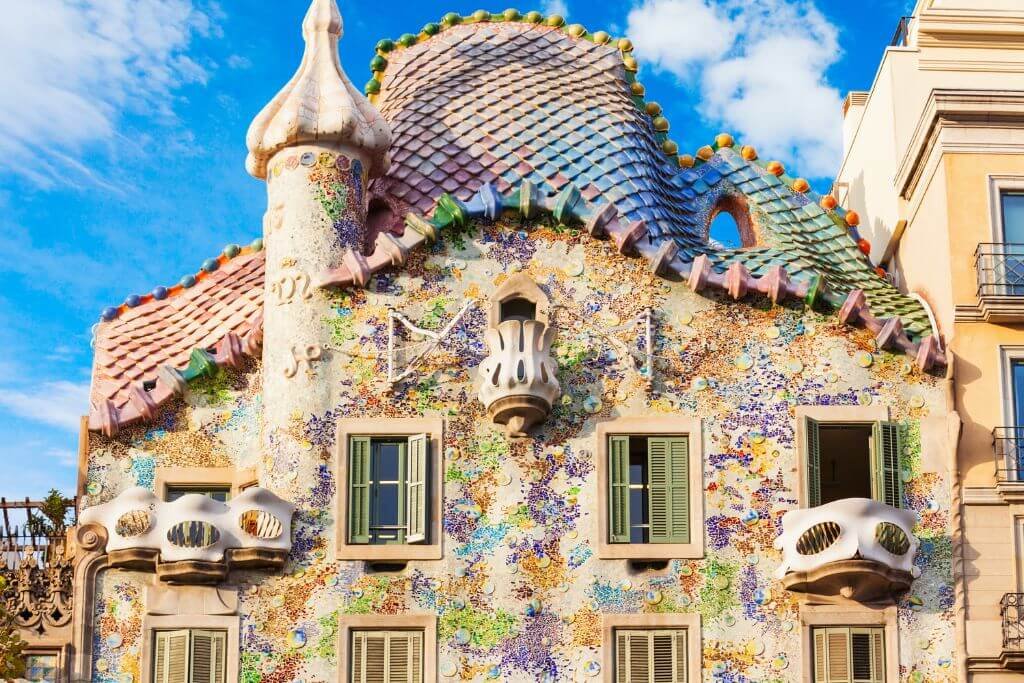
Casa Vicens
Casa Vicens
DETAILS
Construction Date: 1883–1885
Opening hours: Daily, 10:00–20:00 (last entry 18:40)
Entry cost: ~€16 (free for children under 11; discounts for students, seniors)
Website: casavicens.org
Built in the then-independent village of Gràcia, the house diverged dramatically from the conservative styles of the time. Its façade is a vibrant tapestry of hand-painted ceramic tiles, natural stone, and Moorish latticework. The lush garden, colorful mosaics, parabolic arches, and iron gates shaped like palm leaves reveal Gaudí’s obsession with integrating architecture into its surroundings and celebrating local flora.
Though less flamboyant than later projects like the Sagrada Família or Park Güell, Casa Vicens laid the foundational principles of Catalan Modernisme and hinted at Gaudí’s bold future innovations in structure and symbolism.
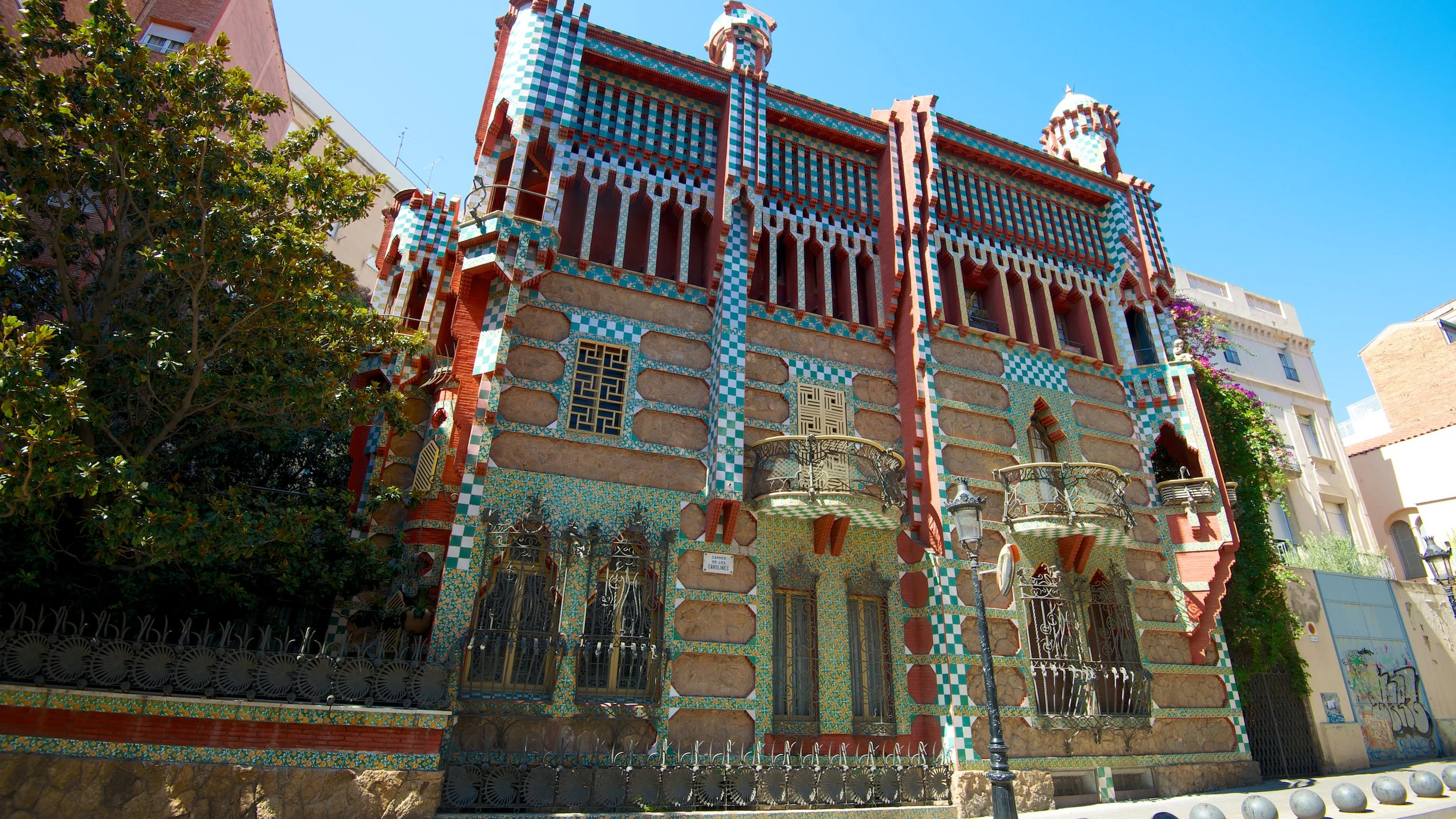
Park Güell
Park Güell
DETAILS
Construction Date: 1900–1914 (public since 1926)
Opening hours: Approx. 9:30–19:00 (seasonal)
Entry cost: ~€10
UNESCO Site: Part of Works of Gaudí since 1984
Website: parkguell.barcelona
Originally a luxury housing project, it became a groundbreaking public park blending vaulted pathways, mosaic benches, and whimsical gatehouses atop Carmel Hill. For locals, it’s a green meeting hub; for Gaudí, a holistic environment merging nature, politics, and spirituality.
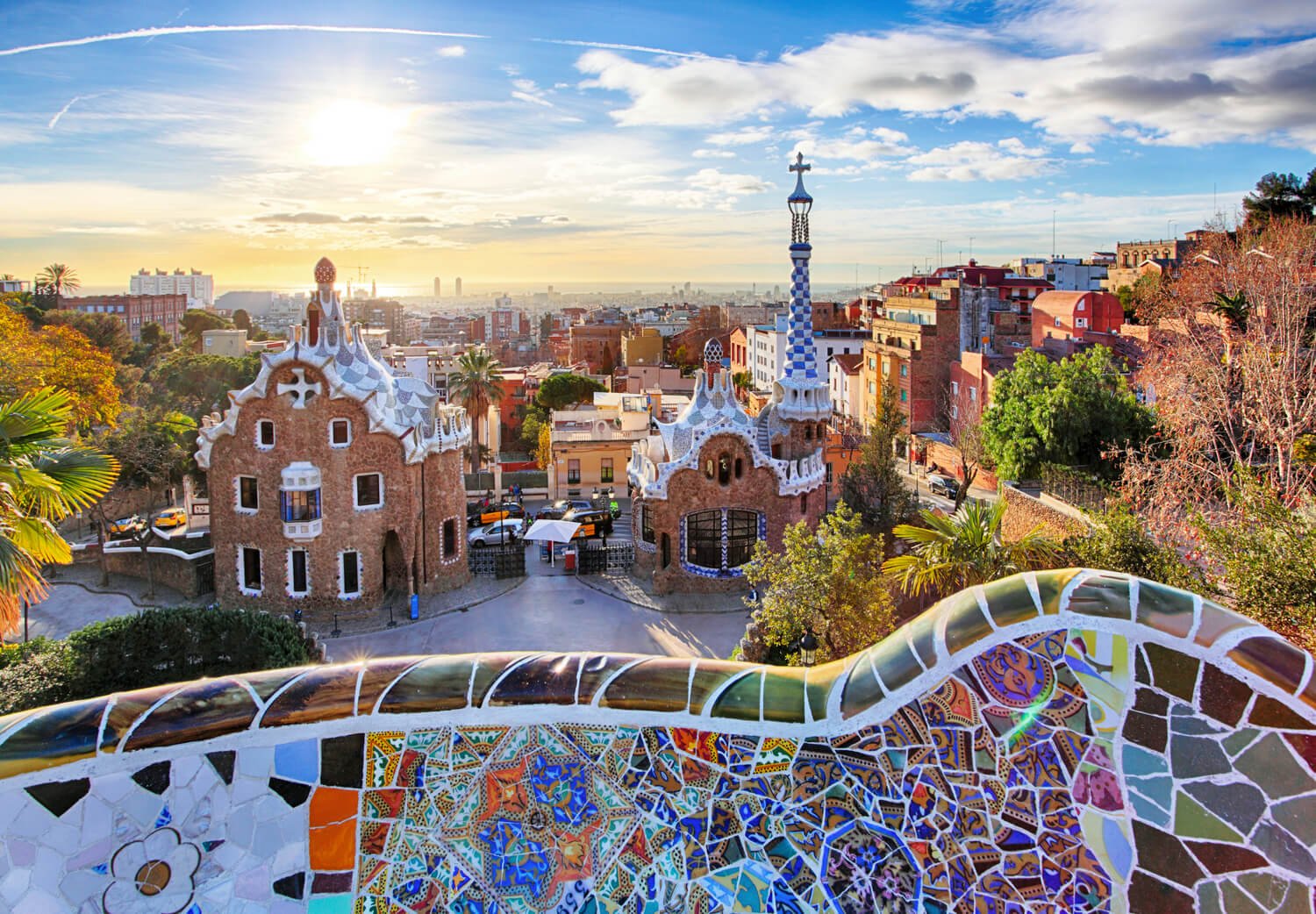
Palau Güell
Palau Güell
DETAILS
Construction Date: 1886–1890
Opening hours: 10:00–17:30 daily
Entry cost: ~€12
UNESCO Site: Listed in 1984
Website: palauguell.cat
Runner’s perspective: Centrally located, it offers a quiet interlude during runs along La Rambla or parallel routes; explore rooftop views after striding in.
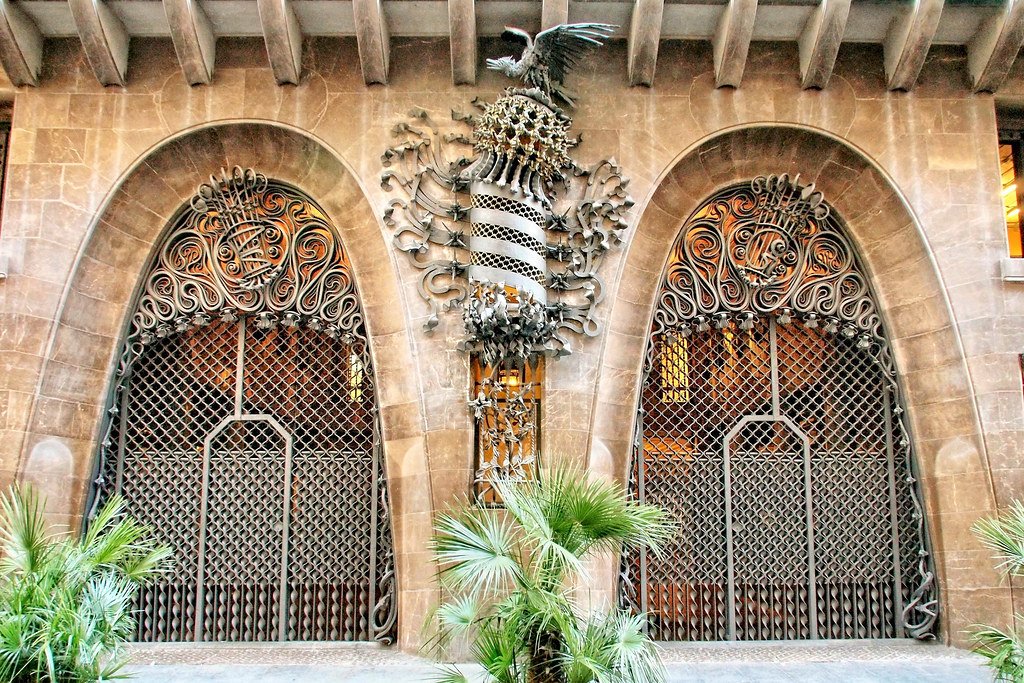
Crypt – Colònia Güell
Crypt – Colònia Güell
DETAILS
Construction Date: 1898–1908
Opening hours: 10:00–17:00 daily
Entry cost: ~€8
Website: gaudicoloniaguell.org
Runner’s perspective: Ideal for a longer out-and-back run – adds suburban terrain with architectural payoff and fewer crowds.
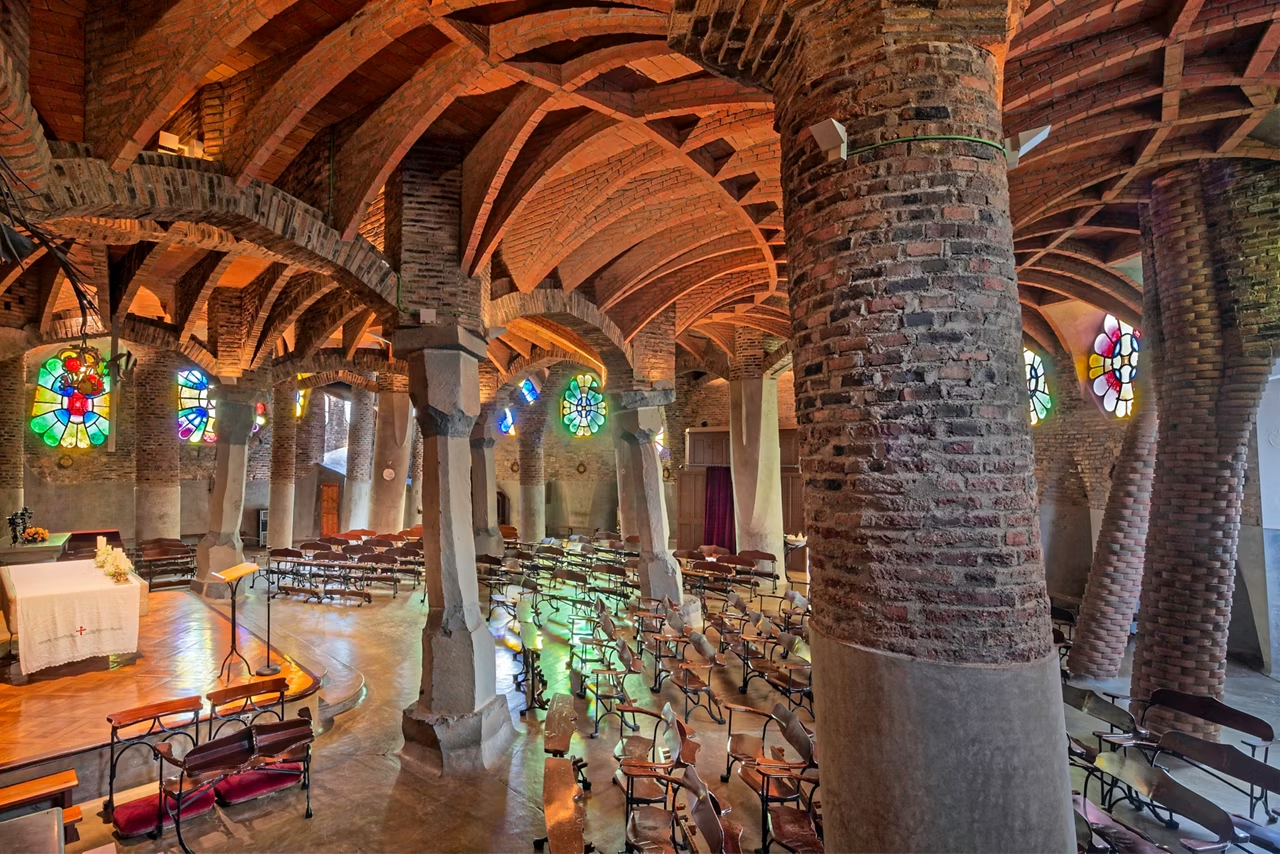
Gaudí Lampposts – Plaça Reial & Plaça del Pla de Palau
Gaudí Lampposts – Plaça Reial & Plaça del Pla de Palau
DETAILS
Construction Date: 1878–1879
Opening hours: always accessible
Entry cost: Free
Website: fundacionantoniogaudi.org
Runner’s perspective: Perfect photo ops along La Rambla or waterfront runs – especially enchanting when lit at dusk.
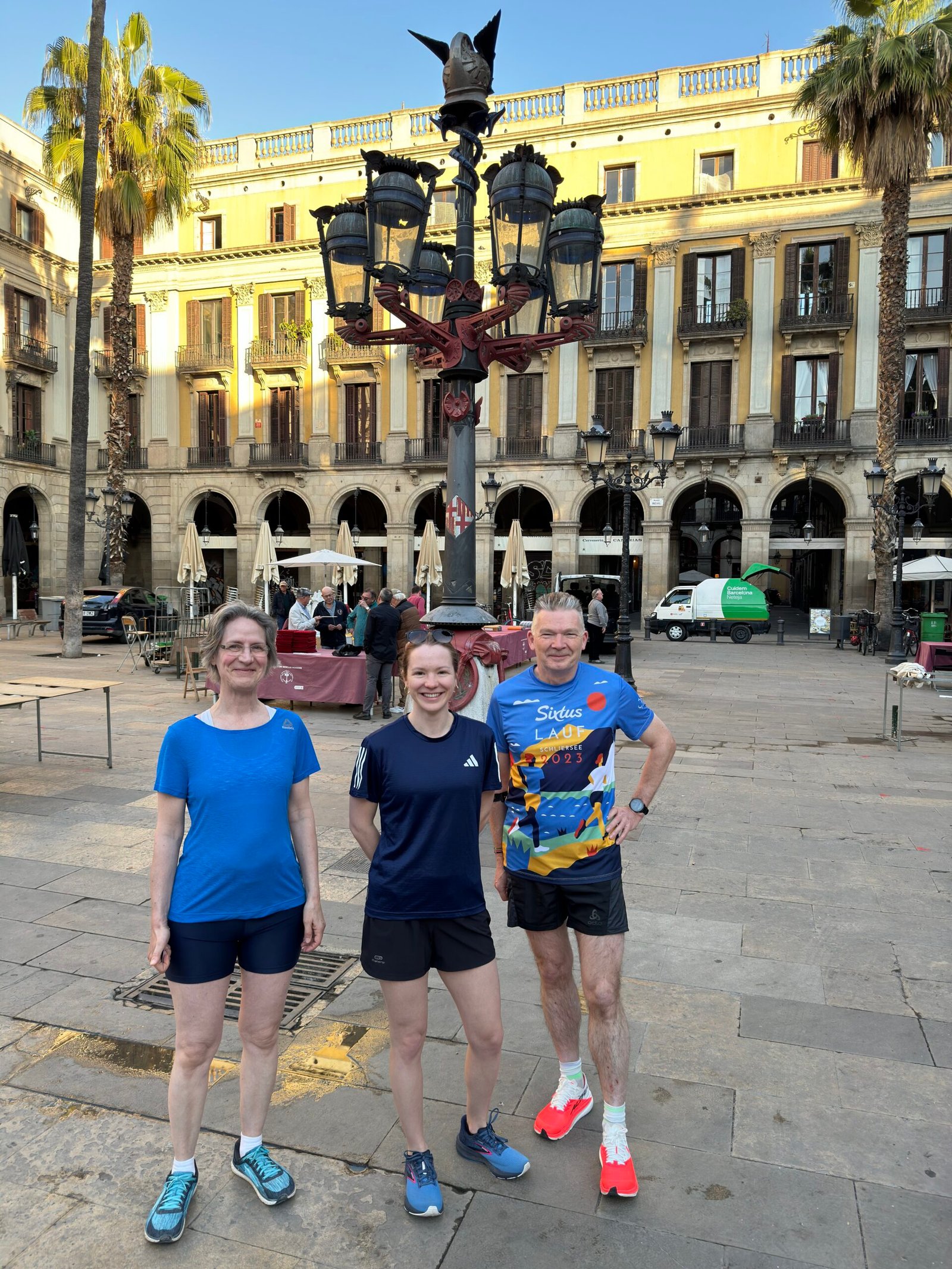
Casa Calvet
Casa Calvet
DETAILS
Construction Date: 1898–1900
Opening hours:
Restaurant: 13:00–15:30 & 20:00–22:30
Shop glimpse: 13:00–15:30 & 20:30–23:00
Entry cost: –
Website: fundacionantoniogaudi.org
Runner’s perspective: A restful mid-run café stop – ideal for stretching while admiring tactile artisanal details before heading back into the city grid.
